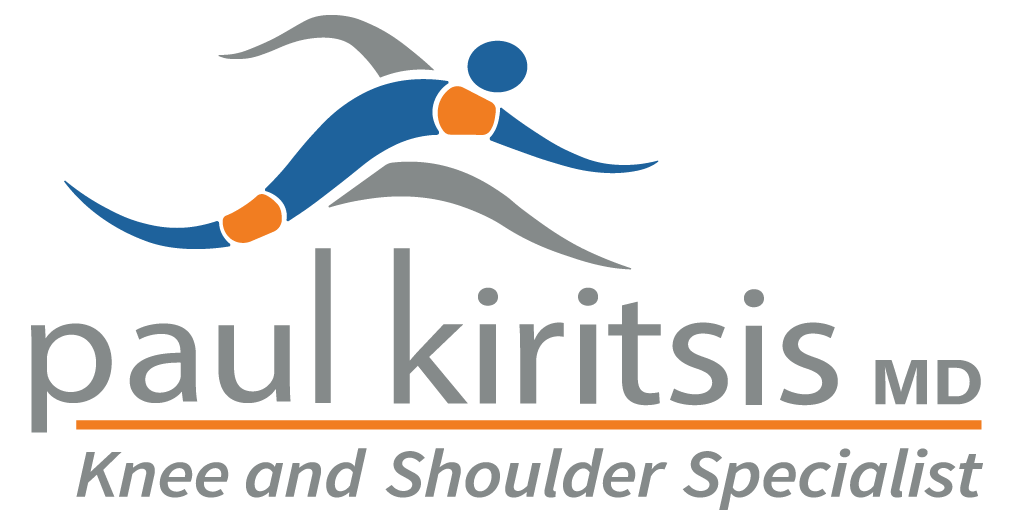Shoulder revision surgery may be required to address complications or suboptimal outcomes from prior procedures, such as loosened implants, infections, or other issues. In this post, we’ll explore the common reasons for revision surgery and what patients can expect during the process.
Key Takeaways
- Shoulder revision surgery addresses complications from prior shoulder procedures, such as implant loosening and infections, aiming to reduce pain and restore function.
- Comprehensive assessments, including imaging and patient history, are crucial for developing effective revision surgical plans tailored to individual needs.
- Postoperative care is essential for recovery, with guidelines for activity limitation, pain management, and rehabilitation, resulting in improved quality of life and functional outcomes for most patients.
Understanding Shoulder Revision Surgery
Shoulder revision surgery is a complex procedure undertaken to address complications arising from previous shoulder surgeries.
Unlike primary shoulder replacement surgery, which focuses on replacing the joint, revision surgery is designed to address complications or failures from previous procedures.
These complications can range from:
- implant loosening
- infection
- mechanical issues
- nerve injuries
The ultimate goal of this surgery is to reduce shoulder pain and improve function and strength to the shoulder joint.
The complexity of revision shoulder surgery stems from the higher complication rates compared to primary surgeries. Patients undergoing revision procedures often face intricate challenges such as managing soft tissue imbalances, addressing bone loss, and ensuring that previous issues do not reoccur. This requires meticulous planning and a thorough understanding of the patient’s medical history and prior surgical procedures.
Because of the significant complexity or revision shoulder surgery, it’s important to work with an experienced, high-volume shoulder surgeon. Their expertise can help ensure the best possible outcome by accurately addressing the underlying issues and tailoring the surgery to your specific needs. Patients and surgeons can collaboratively develop a surgical plan that addresses all underlying issues, enhancing the likelihood of a successful outcome.
Indications for Shoulder Revision Surgery
Patients typically consider shoulder replacement when severe pain disrupts daily tasks and sleep, significantly affecting their quality of life. Conditions like osteoarthritis, which primarily affects individuals aged 50 and older, can lead to significant cartilage damage and shoulder pain, prompting the need for surgery. Rheumatoid arthritis, another common condition, results in inflammation of the joint’s synovial membrane, further contributing to pain and joint damage.
Several scenarios can lead to the need for revision shoulder replacement. Failed prior shoulder replacements, often due to implant loosening, improper surgeon technique, infections, or mechanical instability, are primary reasons for considering revision surgery.
Symptoms such as stiffness, weakness, instability, and persistent pain are common indicators that a revision shoulder arthroplasty may be required. The failure of initial shoulder arthroplasty can often be traced back to factors such as improper implant positioning, infection, and component loosening. Recognizing these symptoms and understanding their underlying causes allows patients to seek timely intervention, improving the chances of successful revision surgery and enhanced shoulder function.
Surgical Considerations for Revision Procedures
A successful shoulder revision surgery starts with a thorough assessment of the patient’s history and a detailed physical examination. This process includes:
- A review of previous surgical records
- Details of any reconstructions
- Rehabilitation history
- Evidence of infections
- Intercurrent injuries
- The patient’s overall health status
Such comprehensive evaluations help in formulating a precise surgical plan tailored to the patient’s unique needs.
Diagnostic imaging plays an important role in preparing for revision shoulder surgery. X-rays, CT scans, and even nerve conduction studies may be used to confirm the types, sizes, and positions of the shoulder components and their fixation. These imaging techniques ensure that surgeons have a better understanding of the existing conditions and can plan the revision surgery accordingly.
Preoperative planning is crucial and includes patient consent, detailed imaging, and a definitive plan for the removal and reconstruction of the humerus and glenoid components. This comprehensive approach helps in managing the complexities associated with revision shoulder arthroplasty.
Expected Outcomes and Success
Shoulder revision surgery often leads to a significant improvement in patients’ quality of life, including reduced pain and enhanced overall well-being.
For patients undergoing revision to a reverse total shoulder arthroplasty, functional outcomes tend to be even better than those achieved with revisions to an anatomical total shoulder arthroplasty. This is particularly true in cases where soft tissue imbalance or rotator cuff insufficiency is a contributing factor.
The long-term survival rates of shoulder implants are notably high. Most patients can approach revision shoulder surgery with realistic expectations and a sense of optimism.
Risks and Potential Complications
Revision shoulder arthroplasty does carry some risks, which can vary depending on individual factors such as shoulder anatomy, overall health, and underlying conditions. For example, patients who smoke or have medical conditions like renal failure and diabetes face a higher likelihood of complications.
To minimize these risks, it’s important for patients to work closely with their healthcare team. Open communication about medical history, lifestyle habits, and health concerns enables surgeons to identify potential challenges and tailor a personalized surgical plan.
Understanding the risks and potential complications empowers patients to make informed decisions and take proactive steps, such as improving overall health or quitting smoking, to optimize surgical outcomes and recovery.
Summary
In summary, shoulder revision surgery is a highly specialized procedure aimed at addressing complications or suboptimal outcomes from previous shoulder surgeries. Despite its complexity, it can offer significant benefits, including pain relief, restored function, and improved quality of life for patients dealing with issues such as implant failure, infection, or soft tissue imbalance.
With proper preparation, a skilled surgical team, and a commitment to postoperative care, patients can look forward to a meaningful improvement in their shoulder health and overall well-being.
Frequently Asked Questions
What are the common reasons for needing shoulder revision surgery?
Shoulder revision surgery is commonly needed due to implant loosening, infection, mechanical instability, and rotator cuff tears, along with conditions such as osteoarthritis, rheumatoid arthritis, and posttraumatic arthritis.
How does shoulder revision surgery differ from the initial shoulder replacement surgery?
Shoulder revision surgery is more complex than the initial shoulder replacement, as it focuses on correcting complications like implant loosening and infection rather than simply replacing the joint. This complexity requires specialized techniques and a highly-skilled shoulder surgeon to restore function effectively.
What can I expect during the recovery period after shoulder revision surgery?
During the recovery period after shoulder revision surgery, you can expect to wear a sling for 4 to 6 weeks, manage pain, and avoid strenuous activities. Gentle range of motion exercises will be introduced under medical guidance, and it is often helpful to sleep in a reclined position for added comfort.





